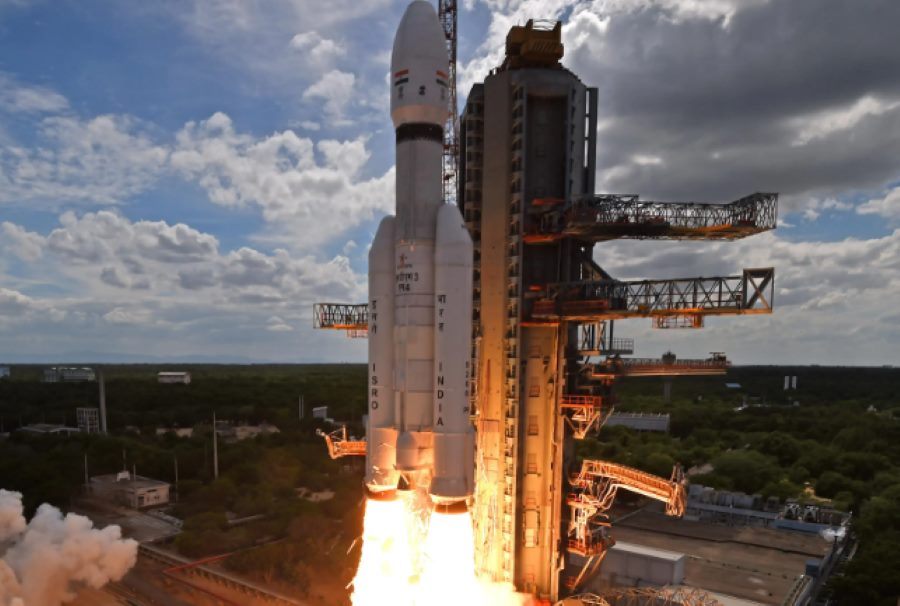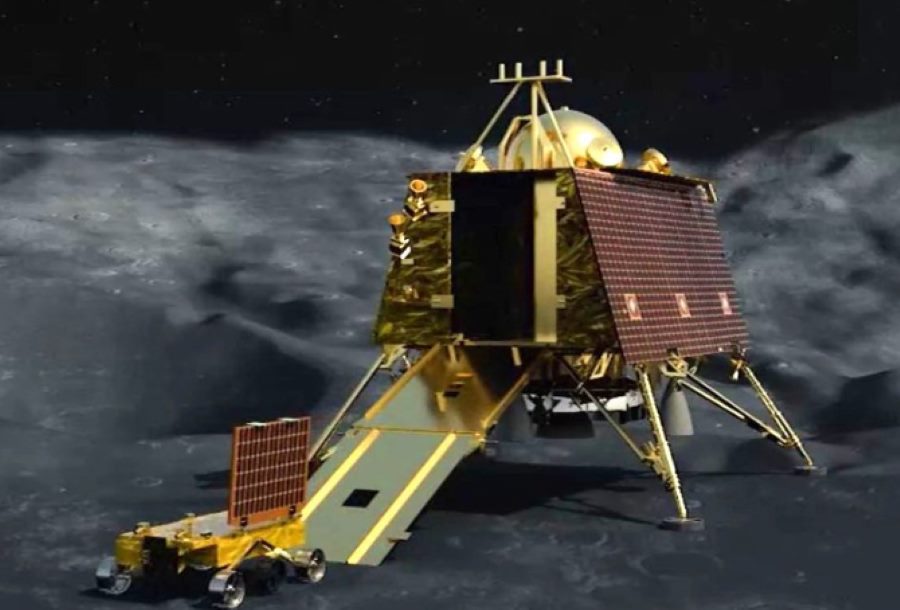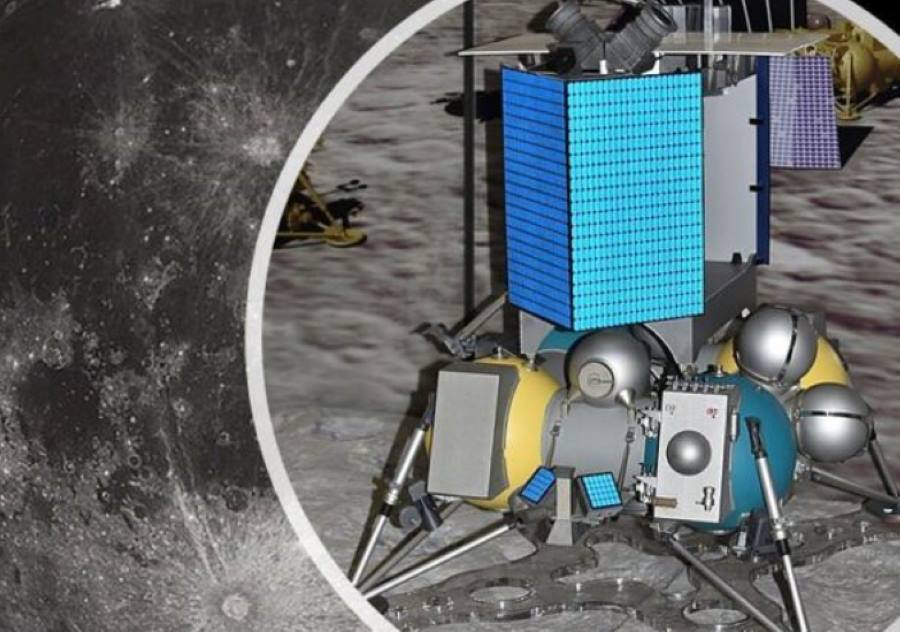7 Crore+ Customers

Affordable Premium

7 Crore+ Customers

Affordable Premium



The Chandrayaan 3 represents the turning point of India's ambitious lunar exploration program. Like others before it, this new endeavour has the capability to profoundly enhance terrestrial knowledge of the Moon's topography and composition.
India's progress in space science and technology is made clear through Chandrayaan 3, with its ability to make earth-shattering revelations and strong technical specifications. Continue reading this article to learn more about why this mission is so important, the interesting discoveries it will make, and the interesting facts that underpin this awesome venture.


Chandrayaan 3 is India's third mission to explore the Moon, led by the Indian Space Research Organisation (ISRO). It launched on 14th July 2023 at 2:35 PM IST from the Satish Dhawan Space Centre in Sriharikota. The mission aimed to build on the experiences of Chandrayaan 1 and 2.
On 23rd August 2023, at 6:04 PM IST, Chandrayaan 3 successfully landed on the Moon's south pole. The main goal was to achieve a smooth and safe landing on the lunar surface. The lander carried tools to study the Moon's landscape, materials, and even moonquakes. This mission is a huge step forward for India's space exploration, making exciting discoveries about our nearest neighbour in space.
The Chandrayaan 3 mission, launched by the Indian Space Research Organisation (ISRO), aimed to achieve significant milestones in lunar exploration. Here are the primary objectives of the mission:
The mission aimed to study the Moon's terrain, including its topography and composition. This helped scientists better understand the Moon's geological features and history. The detailed surface analysis provided insights into the lunar environment.
The main goal was a controlled and smooth landing on the lunar surface. This objective aimed to demonstrate India's capability to land spacecraft safely on the Moon. It was crucial for ensuring the success of future missions.
Chandrayaan 3 sought to monitor and study seismic activity on the Moon. This data is vital for understanding lunar geology, as it can give scientists insights into the Moon's internal structure and activities.
One objective was to identify and map potential resources on the lunar surface. This includes finding minerals and water ice crucial for future lunar exploration and habitation. Resource mapping supports a sustainable lunar presence.
The mission aimed to demonstrate and enhance India's space technology capabilities. Success in this mission paves the way for more ambitious future space missions to the Moon and beyond. It showcases advancements in space exploration technology.

The Chandrayaan 3 mission is crucial for India and the global scientific community. Here are the key points that underscore its importance:
The success of Chandrayaan 3 elevates India's stature in the global space community. It showcases India's growing capabilities in space exploration, fostering national pride and international respect.
Chandrayaan 3 opens up new economic avenues by advancing space technology and exploration. It promotes growth in the space sector, potentially leading to innovations and job creation in related industries.
The mission enhances and advances India's strategic position in space exploration. It lays the groundwork for future interplanetary missions and collaborations, positioning India as a key player in the space race.
It contributes valuable data for lunar science, aiding in discovering new scientific phenomena. This can lead to breakthroughs in understanding the Moon's evolution and potential for further space exploration.
The mission is a powerful inspiration for young professionals. It encourages interest in space science and technology, motivating them to pursue careers in STEM fields and contribute to future space endeavours.
The Chandrayaan 3 mission was a remarkable achievement, driven by the dedication and expertise of key scientists from the Indian Space Research Organisation (ISRO). Here are detailed profiles of some of the principal team members involved:

Chandrayaan 3 has yielded several groundbreaking discoveries that are crucial for future lunar exploration and potential habitation. Some of the major findings are:
Chandrayaan 3's Pragyan rover confirmed the presence of sulphur on the lunar surface near the South Pole. This discovery and the detection of several other elements provide a comprehensive profile of the lunar soil. This information is critical for understanding the Moon's geochemistry and volcanic history.
The mission recorded unexpectedly high temperatures on the lunar surface, with measurements reaching 70 degrees Celsius. This finding challenges previous assumptions and is crucial for understanding the thermal behaviour of the lunar surface, impacting the design and planning of future lunar habitats and missions.
Chandrayaan 3’s seismograph detected a brief seismic event, which could be a minor "moonquake" or a small meteorite impact. This discovery provides valuable insights into the Moon's geological activity and internal structure, which are essential for future lunar exploration and understanding of the Moon's formation.
The mission analysed the chemical and elemental composition of lunar soil and rocks using instruments like the Laser-Induced Breakdown Spectroscope (LIBS) and Alpha Particle X-ray Spectrometer (APXS). These analyses offer detailed data on the mineralogy of the lunar surface, supporting future scientific research.
Chandrayaan 3's Vikram Lander studied the Moon's ionosphere, measuring electron densities. These measurements help understand the lunar ionosphere's behaviour and its implications for future lunar communication technologies, aiding the development of more efficient communication systems for lunar missions.
Chandrayaan 3, India's latest lunar exploration mission, showcases significant advancements and unique aspects of space exploration. Here are some fascinating facts about this mission:
Chandrayaan 3 represents a significant milestone in India's space exploration endeavours, highlighting the country's growing scientific and technological innovation capabilities. The mission's primary objective, to achieve a successful soft landing on the Moon, underscores the importance of advancing lunar research and exploration.